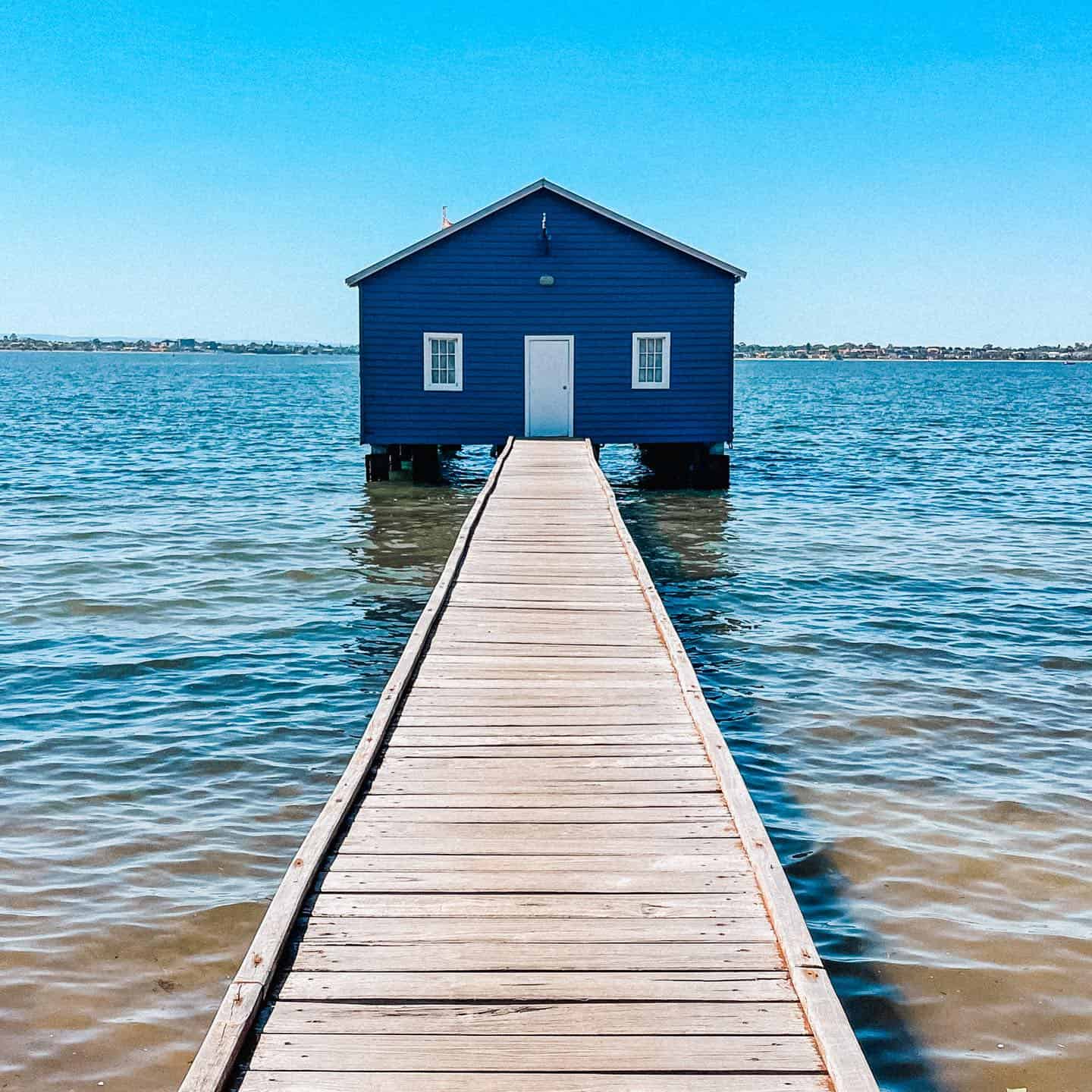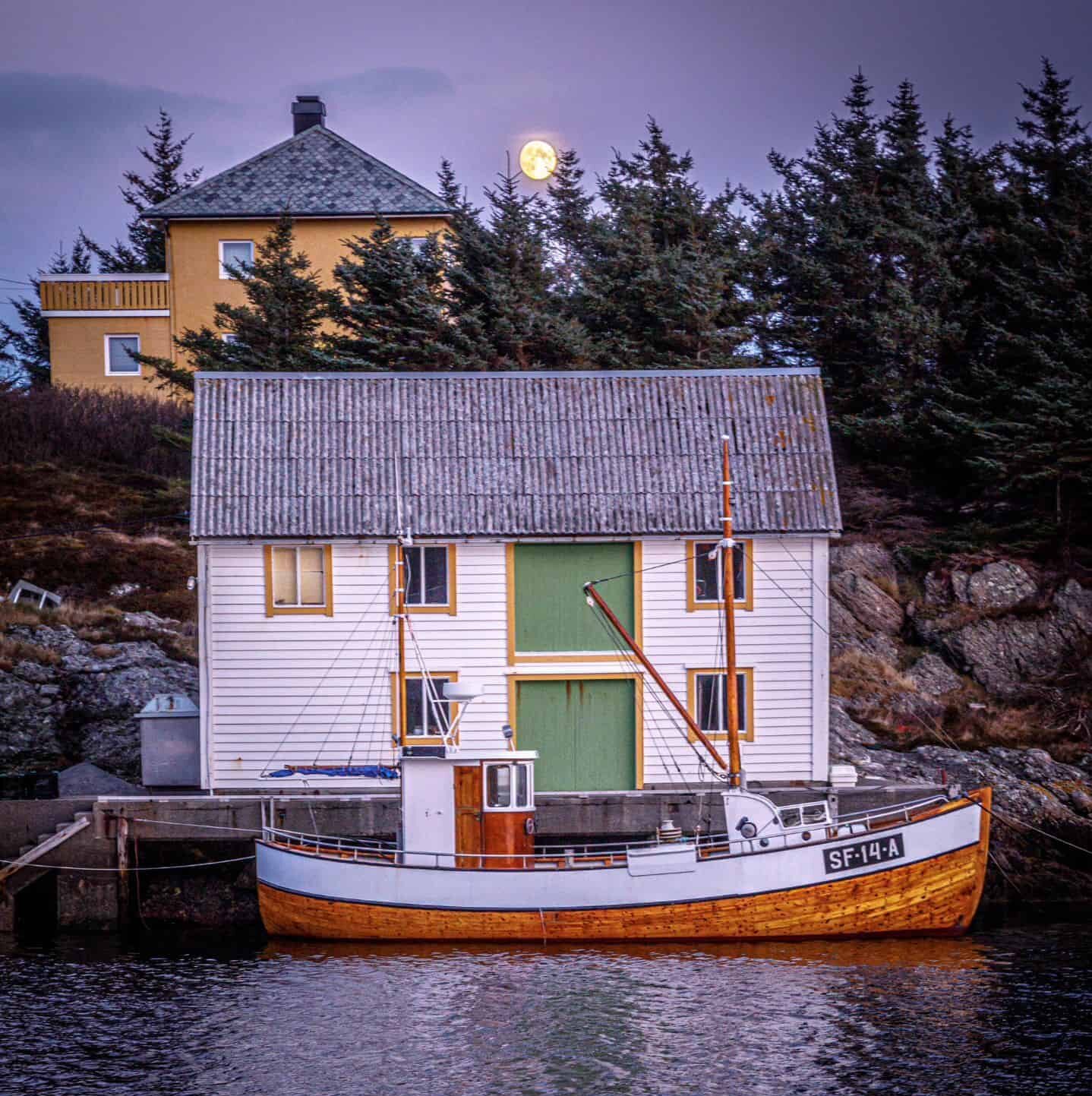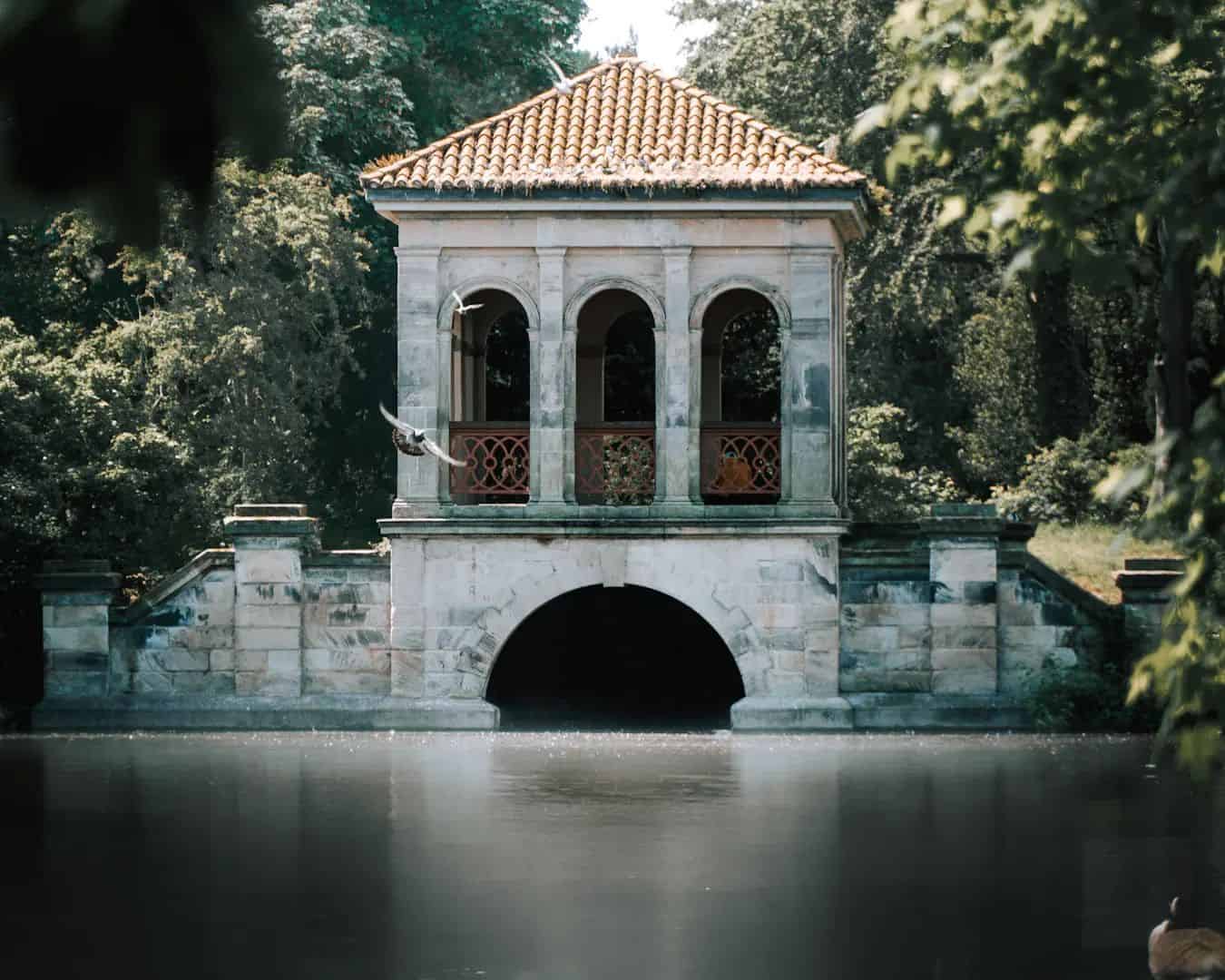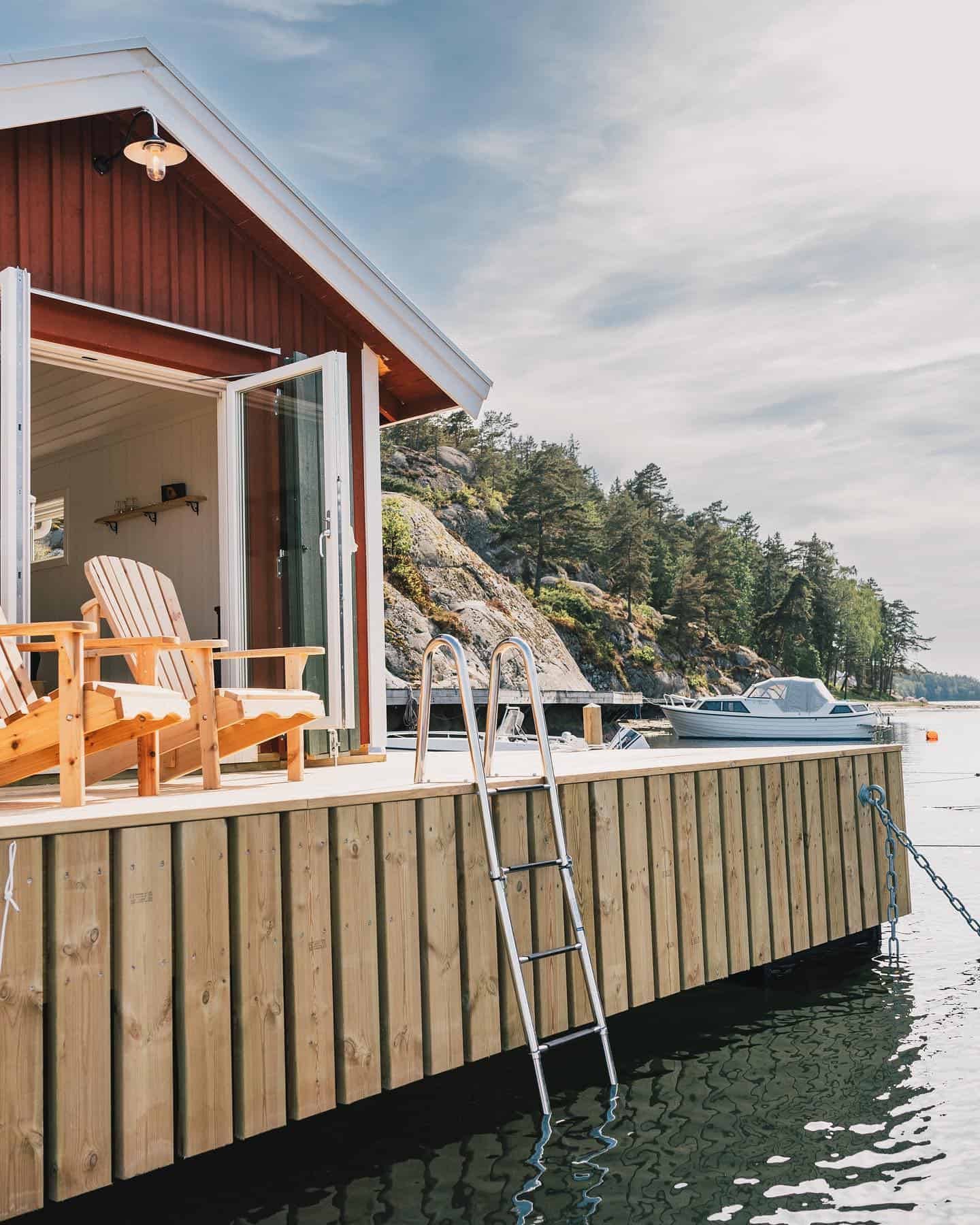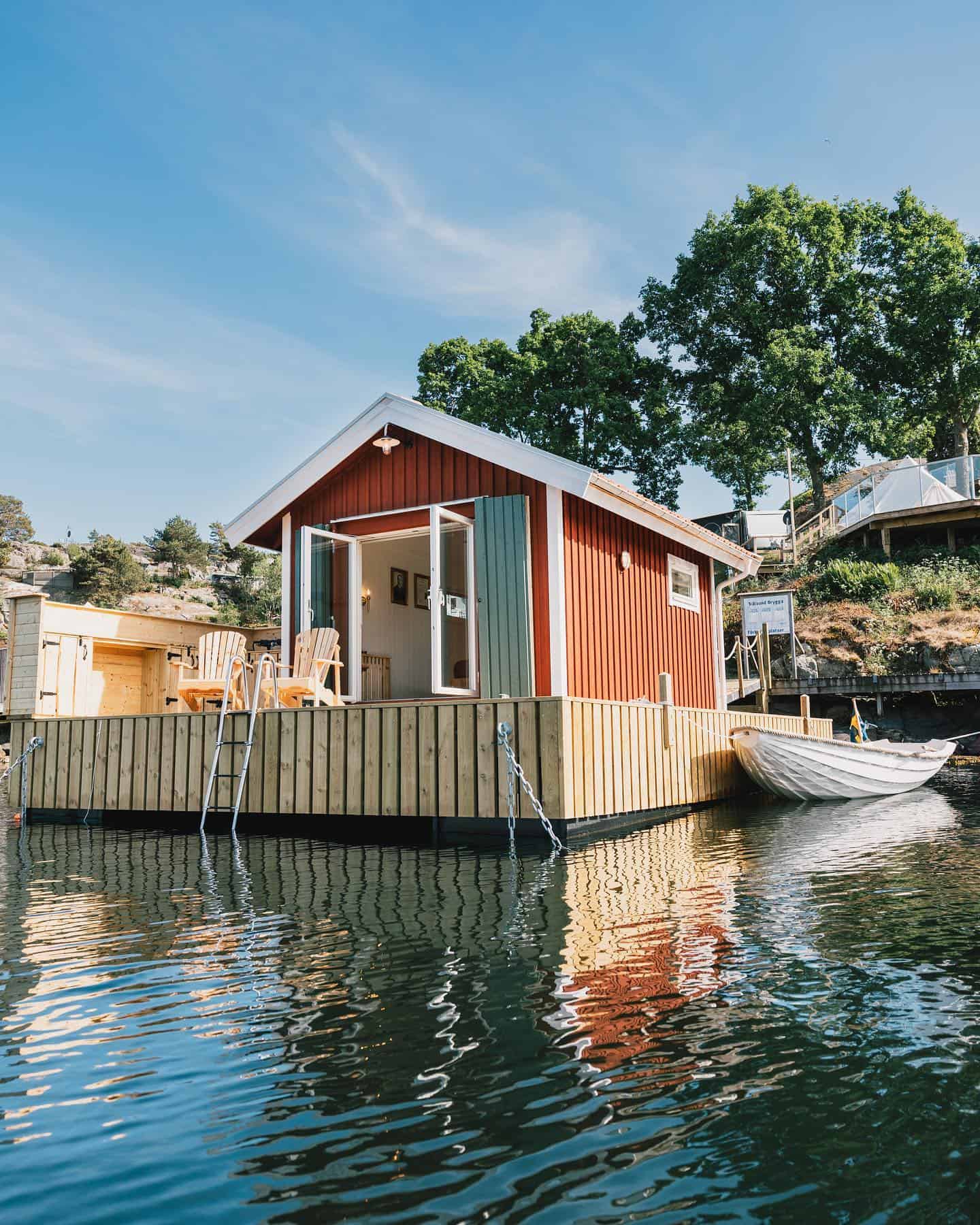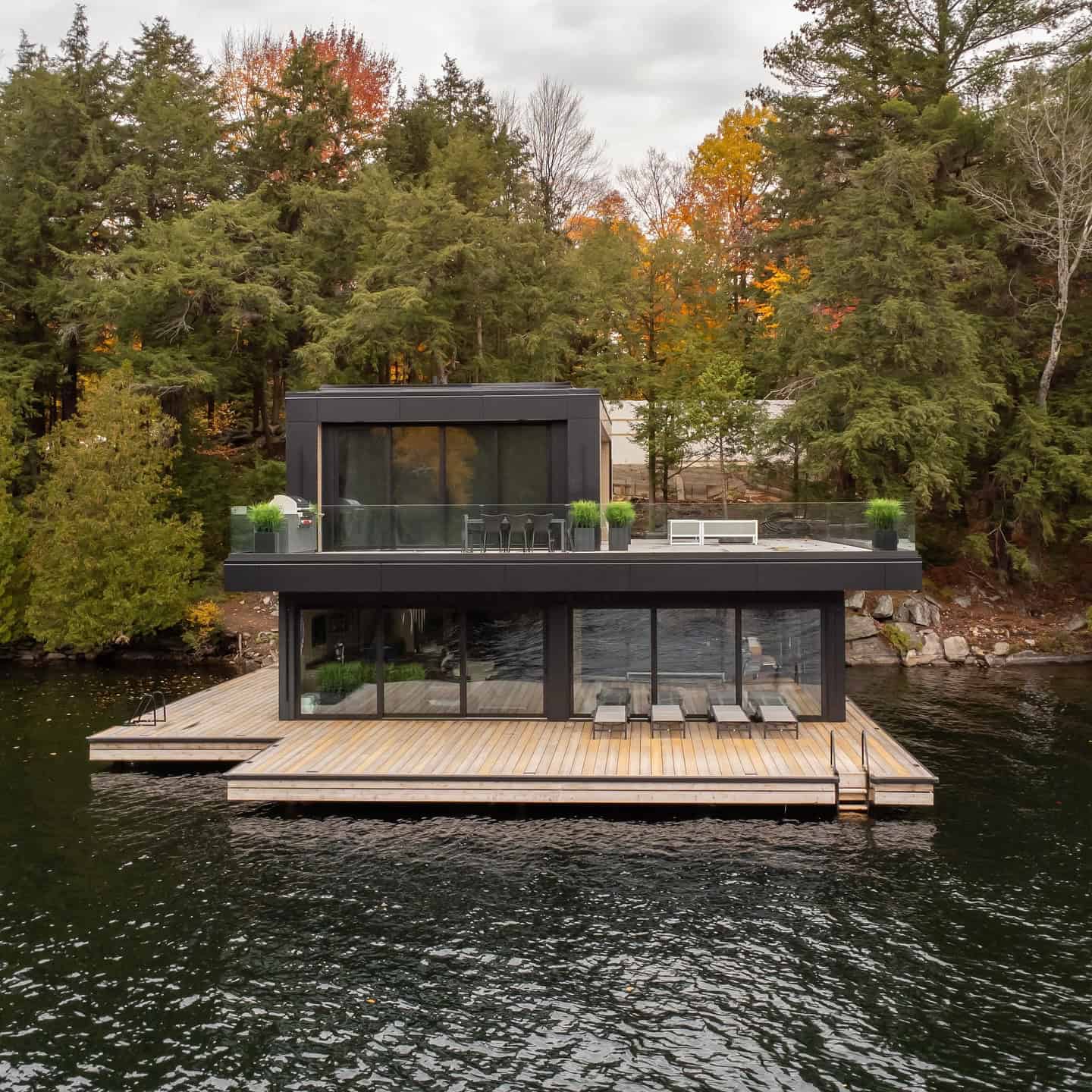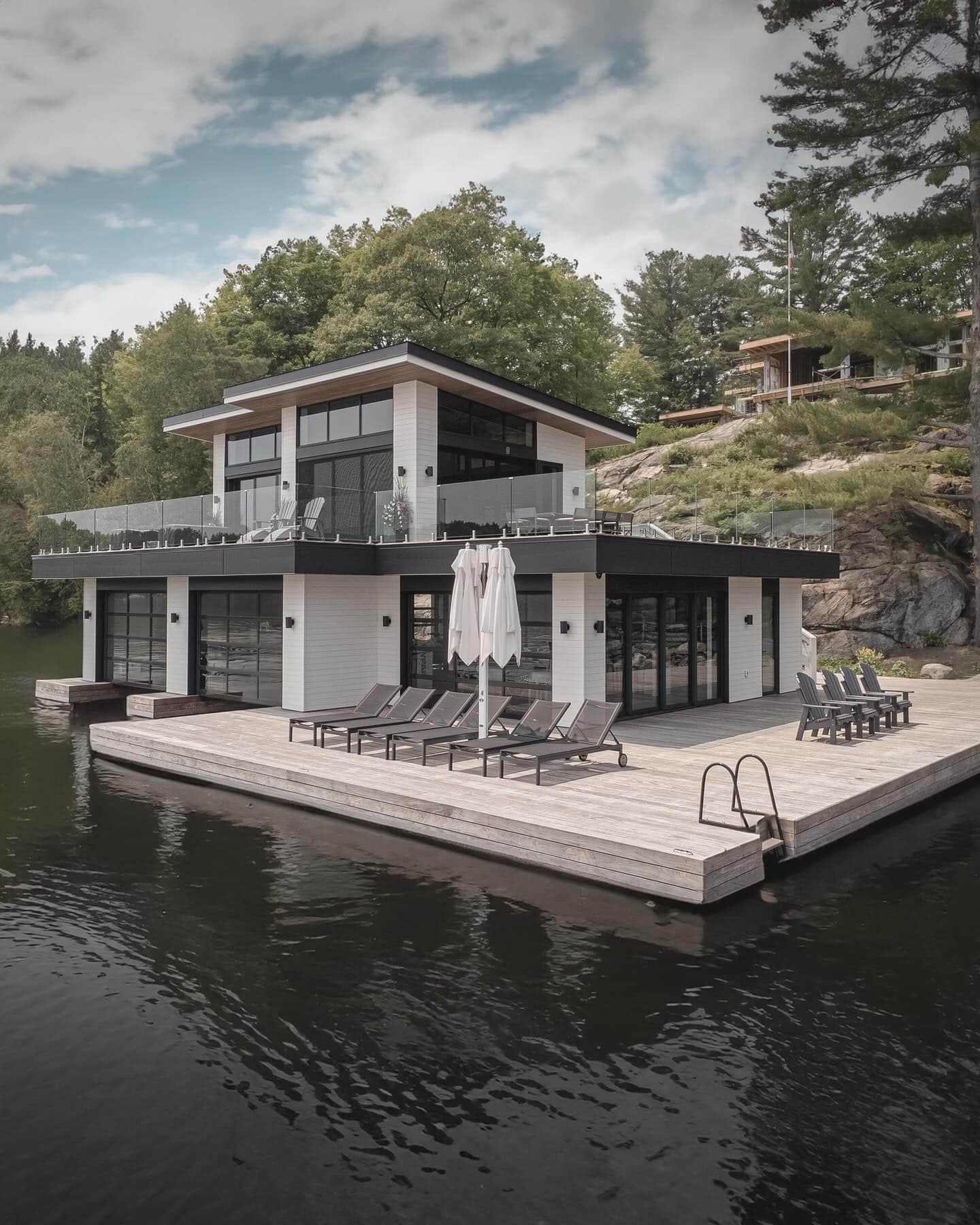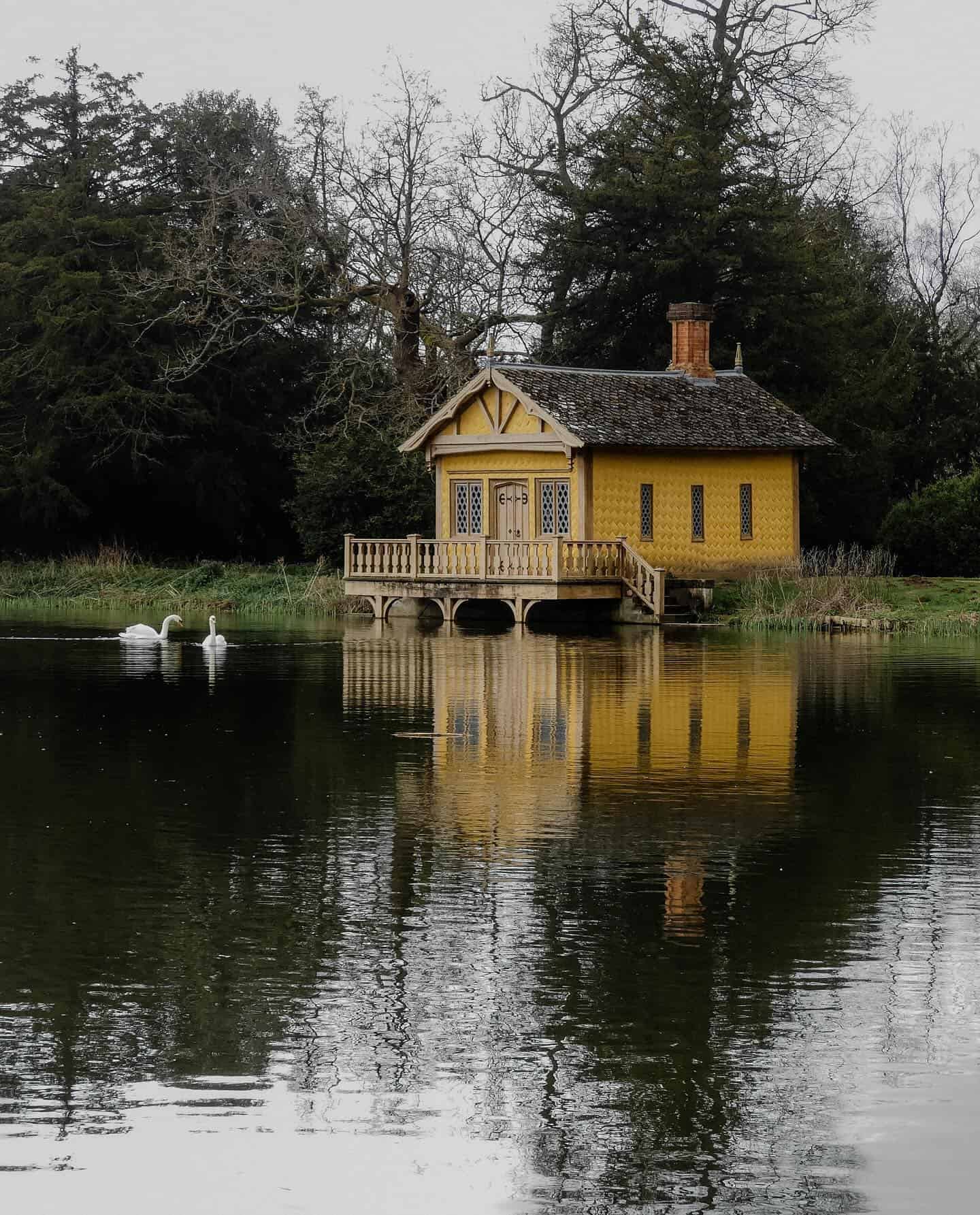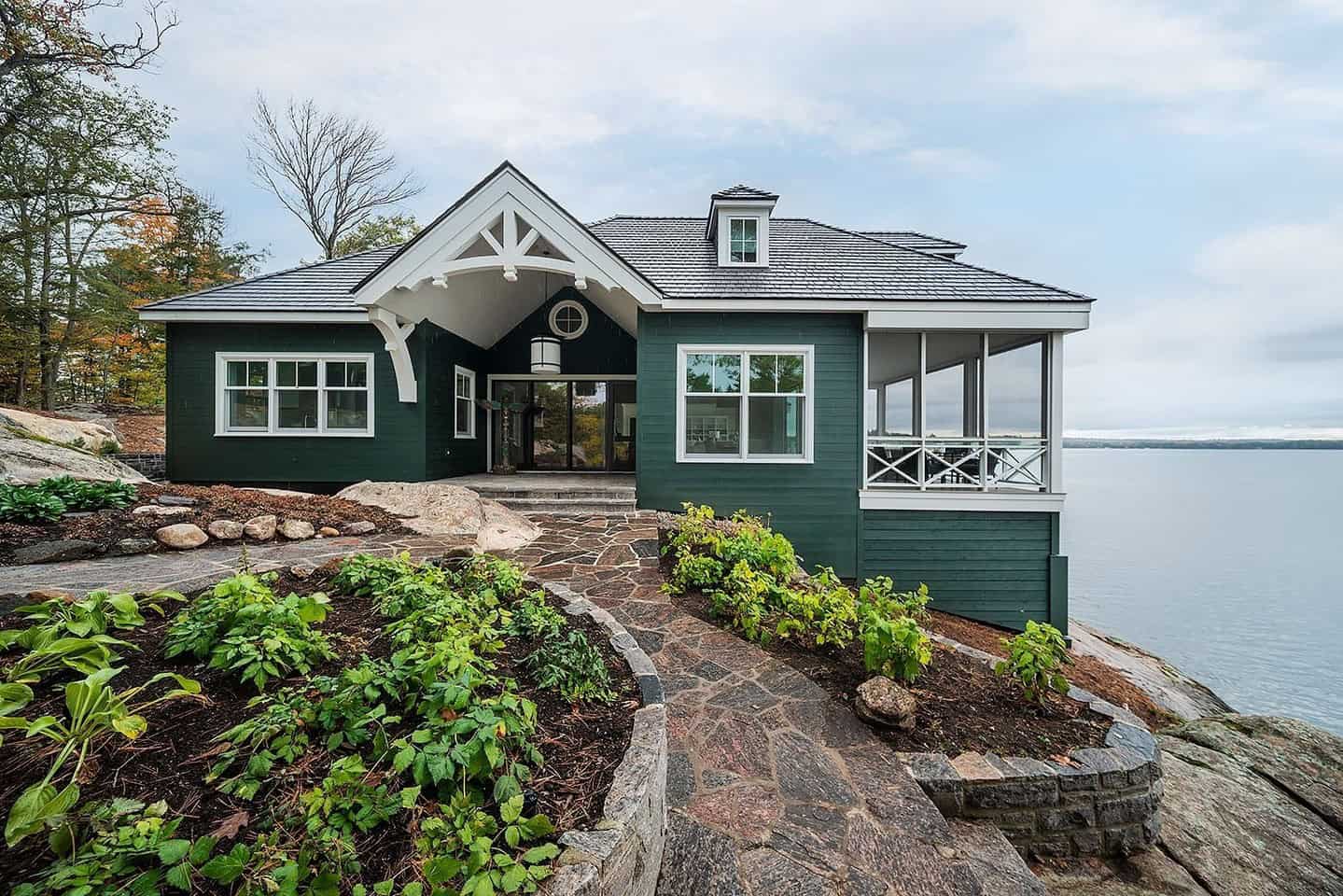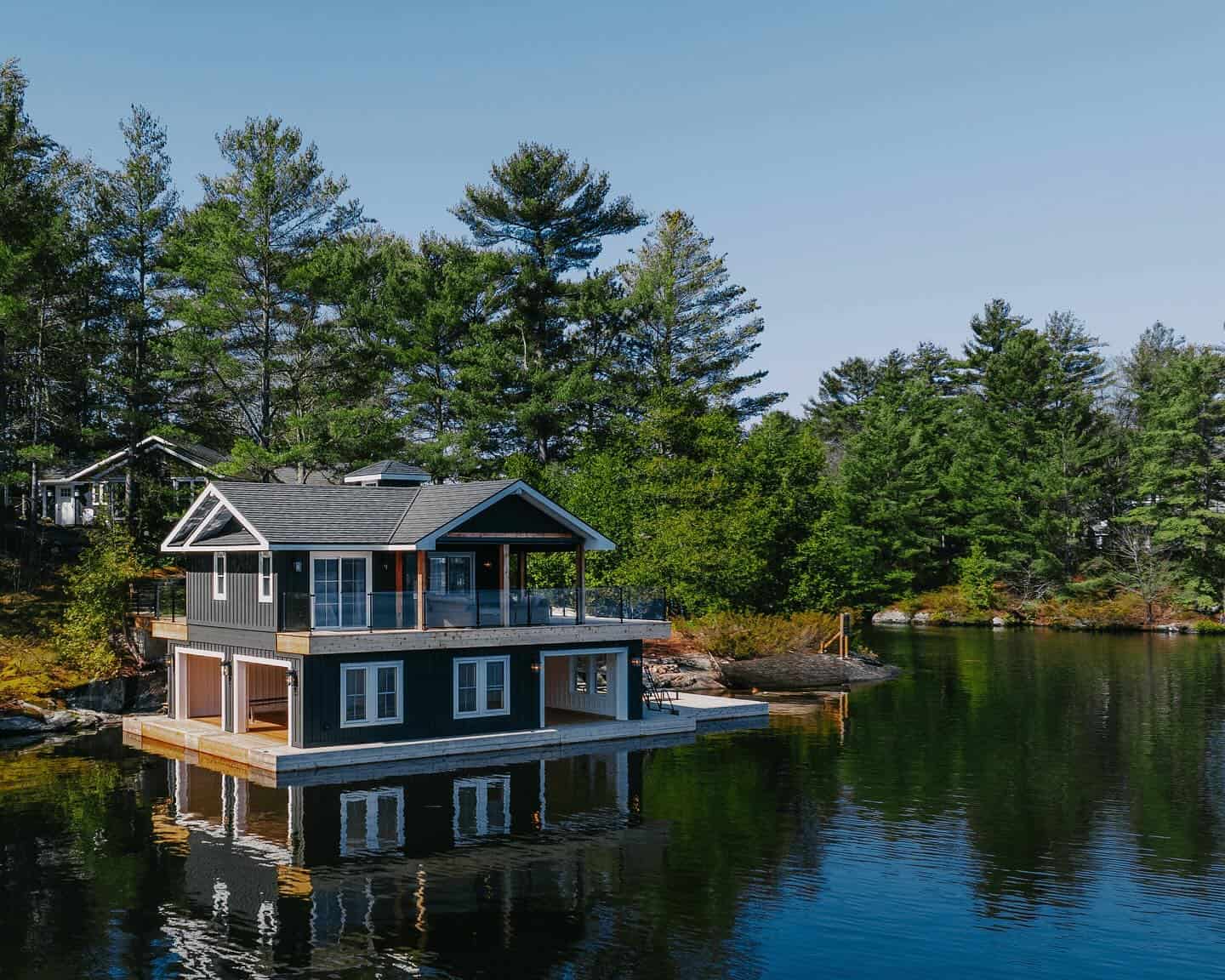Boat houses are a popular choice for a vacation home, and sometimes even for permanent housing.
Though these houses are usually designed to include comfortable living quarters, their primary function is to store water vessels.
Commonly, those are smaller rowing and motorboats.
1. Design Is the Budget-Friendly Part
Much like any other construction project, the boat house requires various permits, tests, and regulations to follow to start building.
Shoreline erosion and endangerment of marine life are all things to consider before you start the construction.
The plot, the permits and the tests are all costly, so the design is the part where you may allow yourself to spare some funds.
2. Keep it Simple
The sure way to keep your boat house construction budget-friendly is to keep the design simple.
3. Consider a Budget-Friendly Location
Your boat house is an alternative to a vacation home, right? So, consider a location which isn’t too popular or expensive.
At the same time, it’s much more likely to grant you more peace and quiet.
4. Understand the Logistics
The majority of unplanned financial losses come from the unforeseen issues.
Make sure you understand the environment you’re building in, as well as the winds, the land and the climate. That way you’ll minimize the losses and the reparations.
For example, the gabled roof in the boat house above is suitable for regions that aren’t too windy.
The attractive, classical design is aesthetically pleasing, however, it cannot withstand strong winds or snowstorms.
5. Pick the Proper Foundation for Your Chosen Environment
You want to preserve the view when building your boat house. The view is likely one of the main reasons you’ve decided on this type of construction.
This is where the right type of foundation comes in. Depending on the surroundings, the foundation can be a wooden crib, it can be made of pilings or even the dock itself.
Choose one that least intervenes with the surrounding nature to avoid having to invest in additional decoration, flora and hiding the damage done.
6. Invest in a Higher Quality Building Materials to Minimize the Potential Damage
Do your research and get the opinions of various construction workers and designers to make the best choice.
Invest in sturdy, water and tide-resistant materials to make sure you won’t have to spend too much money on repairs.
7. Avoid Additional Fees by Following All the Regulations
Every city has its own regulations and laws when it comes to handling property. Make sure you understand them to avoid getting fined.
8. If You Cherish Stylish Design, Consider Sacrificing the Size
In case you care about the aesthetic primarily, then consider going budget-friendly with the size of your boat house.
A tiny boat house can be just as functional, and perhaps more aesthetically pleasing than a large one.
9. Inspect Your Property Regularly
Inspect your boat house yourself and hire a professional a few times a year to make sure everything is alright. Pest control is just as important in a boat house as in any other construction.
The sooner you prevent the damage, the lesser the costs of reparation will be.
10. Float or Not?
Understand the different materials necessary for the static and the floating boat house.
Concretely, a floating dock should be made of polyethylene, which allows it to float smoothly across various water levels.


